The year was 1979. My friend Geof Heath and I needed a special boat for a special project—a climbing expedition along the wild and mountainous coast of Labrador. The boat had to meet conflicting requirements: it had to be large enough to carry us, our food supplies, extra fuel, and climbing and camping gear, all while being reasonably safe in the open ocean. It also had to be light enough to be trailered hundreds of miles, often over gravel roads, and light enough that the two of us could drag ashore on rocky landings. Then there was the biggest factor—we didn’t have a lot of money. Now, nearly 40 years later, I am still amazed that not only did we find the right boat for our expedition, but that the little craft later proved adaptable for any number of demanding projects and today is still ever ready for whatever task we might call for. It proved the maxim, simplicity pays, both on land and sea.And how did we find this floating marvel of versatility? Well, it took a considerable amount of searching and was not where one might expect. Geof was a former mountain guide in the American West and in Europe but at the time was busy working at a commercial boatyard. In his spare time, he was building a 15’ Friendship sloop, a very small version of a handsome and once-common fishing sailboat along the Maine coast. He lamented the fact that his boat would be too small and slow for our needs, could not be easily transported, and would require a tender to get us ashore.So we turned to combing the boat catalogs, which was a frustrating job, given our unusual requirements. We soon ruled out fiberglass because of its cost, weight, and need for more power than we could afford. Wood seemed a possibility for a while, but time, expense, and weight put an end to that idea. A strong case could be made for aluminum—it is light and durable—but all the open skiffs we saw were too small, the longest around just 16′. The next larger series of aluminum boats call for larger motors, decks, floors, wheel steering, windshields, center consoles, cuddies, you name it, and were bigger and heavier than we could handle.
Join The Conversation
We welcome your comments about this article. To include a photo with your remarks, click Choose File below the Comment box.

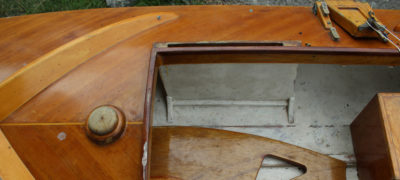

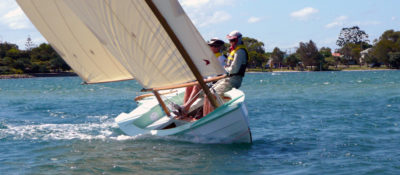

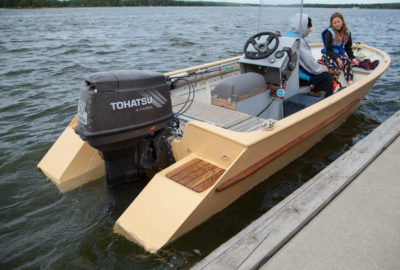
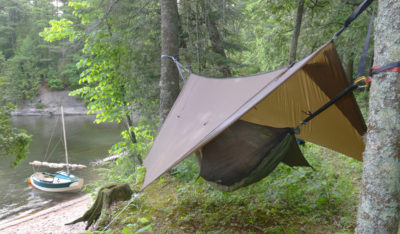
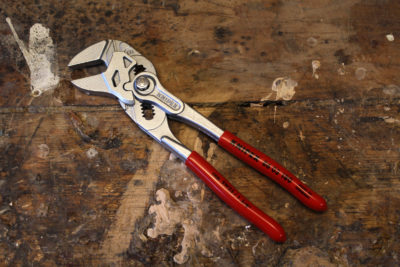
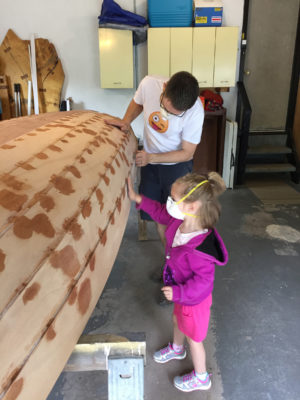
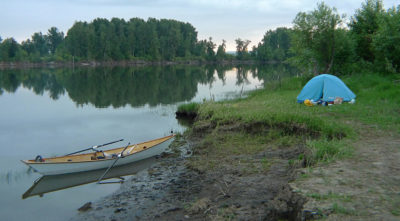
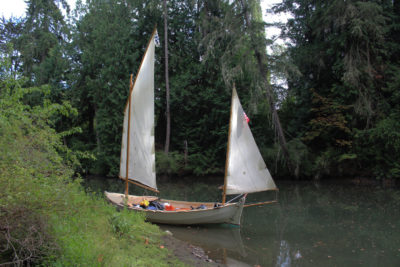
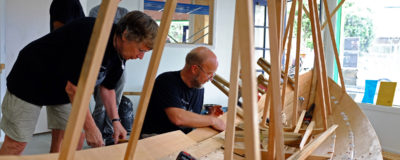

Thank you for the nice presentation of the story of TORNGAT, the tin skiff with a tale to tell. In gathering photos for the piece, I came across this rather mundane shot that is somewhat historic in the small-boat world. The photo shows TORNGAT about to leave Rockland on the second leg of the first complete trip over the newly formed Maine Island Trail. At left is Julie Canniff of the Island Institute, and Steve Spencer, right, of the Maine Bureau of Public Lands, both of whom figured prominently as hands-on representatives of their organizations in helping to create the trail. Historic, perhaps, but in any event, the three of us enjoyed several exciting days following this new water trail among Maine’s magnificent island treasury.
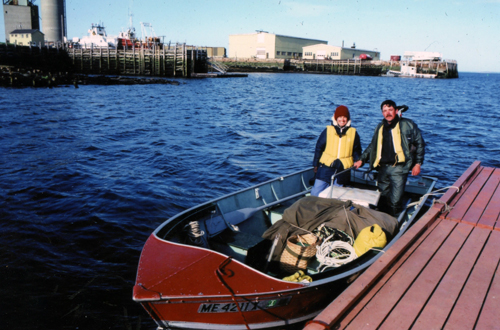
Nice piece. We are using 25- to 30-hp 4-strokes which will run you 18-19 knots with just a driver.
As former resident of Newfoundland, reader of National Fisherman and Small Boat Journal, I was familiar with David Getchell’s writing, and thus fascinated with his original account of exploring the Labrador coast in TORNGAT. This follow-up is a bonus with a happy ending.
I also remember him writing about the joys of using small, simple, economical outboard boats, a philosophy I share — even more now in my 80s and the limitations that imposes.
Great story. Glad to see a functional aluminum boat in these pages.
A short read allowed me to escape the concerns of life in the year 2020. Well written, it calls my inner self to stretch my life a bit and risk something that awakens my soul. Sad to lose this fellow as his kind of person is badly needed. I sincerely hope his wife, Dorrie, is well.
Such a lovely story of a boat that stretched across a well-lived career. So many stories here feature hand-built boats of beauty, but this story is a good reminder that a boat’s work qualities are just as important as its beauty or lineage.
Outboard Boater’s Handbook, edited by David Getchell, Sr., has been in my library for many years and enlarges on many of the topics he covers in his original article about his Torngat adventure. The book has been a good reference for me, and some enjoyable reading. I highly recommend it to those who are not already familiar with it.
I read this article in SBM right after it was written. I really enjoyed seeing it again. May Dave and TORNGAT be cruising the unknown journey together.